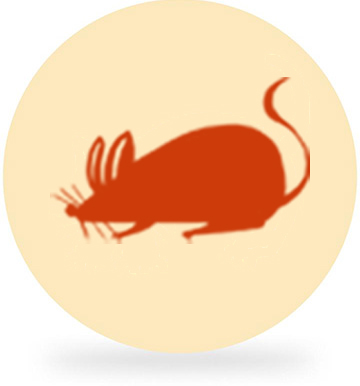
Rats: Receptor Aided Targets screening

Cattle: Crosstalk Analysis of Tissue and Lineage Expression Atlas
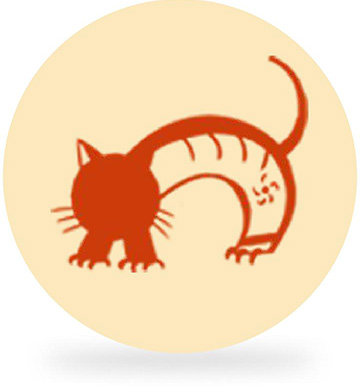
Tiger: Trajectory Inference from Gene Expression Reference
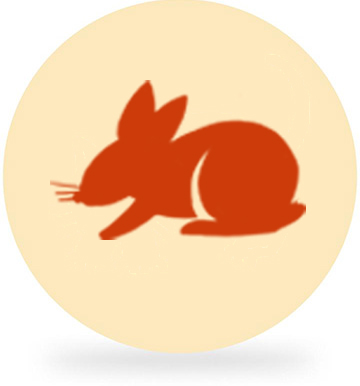
Rabbit: Regulator Analysis Based on Bio-informatic Tool for single-cell Omics data
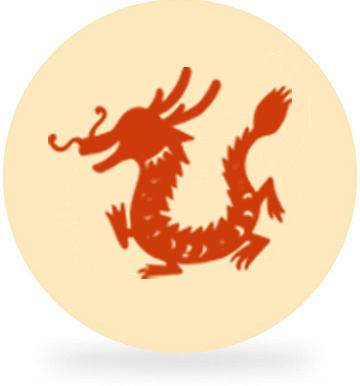
Dragon: Deep and Rapid Annotation of Cell Ontology
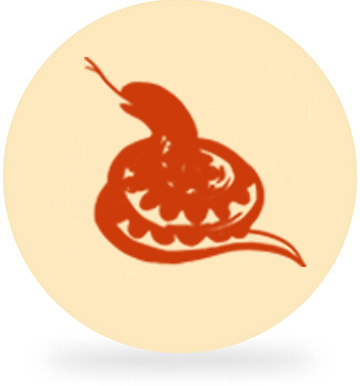
Snake: Systematic Naming and Analysis of Key celltypes during Embryogenesis and neurogenesis

Horse: Hybridization omics Represented by space expression pattern.
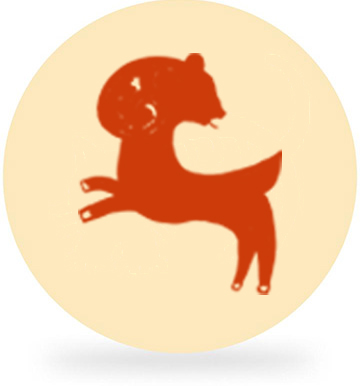
Sheep: Sorting High Expression cell-surface Protein

Monkey: Management of ONtology and KEY-identity of cells
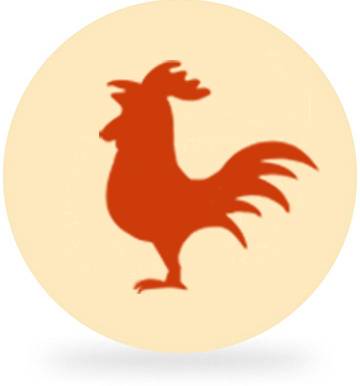
Rooster: Resources of Organism Orthologs among Species Targeting Evolution Research

Dog: Disease Oriented Genotype-cell-type mining
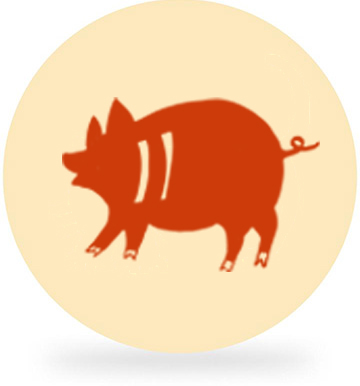
Pig: Platform of Integrated Genomics data-mining for single cell atlas
 Rats: Receptor Aided Targets screening
Rats: Receptor Aided Targets screening  Cattle: Crosstalk Analysis of Tissue and Lineage Expression Atlas
Cattle: Crosstalk Analysis of Tissue and Lineage Expression Atlas  Tiger: Trajectory Inference from Gene Expression Reference
Tiger: Trajectory Inference from Gene Expression Reference  Rabbit: Regulator Analysis Based on Bio-informatic Tool for single-cell Omics data
Rabbit: Regulator Analysis Based on Bio-informatic Tool for single-cell Omics data  Dragon: Deep and Rapid Annotation of Cell Ontology
Dragon: Deep and Rapid Annotation of Cell Ontology  Snake: Systematic Naming and Analysis of Key celltypes during Embryogenesis and neurogenesis
Snake: Systematic Naming and Analysis of Key celltypes during Embryogenesis and neurogenesis  Horse: Hybridization omics Represented by space expression pattern.
Horse: Hybridization omics Represented by space expression pattern.  Sheep: Sorting High Expression cell-surface Protein
Sheep: Sorting High Expression cell-surface Protein  Monkey: Management of ONtology and KEY-identity of cells
Monkey: Management of ONtology and KEY-identity of cells  Rooster: Resources of Organism Orthologs among Species Targeting Evolution Research
Rooster: Resources of Organism Orthologs among Species Targeting Evolution Research  Dog: Disease Oriented Genotype-cell-type mining
Dog: Disease Oriented Genotype-cell-type mining  Pig: Platform of Integrated Genomics data-mining for single cell atlas
Pig: Platform of Integrated Genomics data-mining for single cell atlas